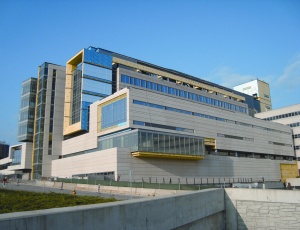Several large public projects will continue to move forward in 2010, but with the economy still troubled and financial markets unyielding, private jobs are few. Yet they create opportunities for some firms as the industry right-sizes and moves forward.

“The name of the game for 2010 and beyond is to make sure you are well diversified in different product types,” says Pat Di Filippo, executive vice president of Turner Construction Co. in New York, who adds that his firm has a lot of work under way and in the pipeline, even though overall, there has been a dramatic drop in the amount of volume.
Turner in partnership with Tishman Corp. of New York will provide $105 million in construction management support services for the 800,000-sq-ft World Trade Center Transportation Hub in Lower Manhattan, replacing Phoenix Constructors, a joint venture among Fluor Enterprises of Irving, Texas; Skanska USA Civil Northeast of Whitestone, N.Y.; Bovis Lend Lease; and Granite Construction of Tarrytown, N.Y.
The New York Building Congress released its New York City Construction Outlook 2009-2011, last fall, projecting construction spending will remain steady in the city at about $25 billion in 2010, down slightly from $25.8 billion in 2009. Spending peaked at $32.4 billion in 2008.
Kenneth D. Simonson, chief economist for the Associated General Contractors of America, says that while the downturn hit every part of the country at hard, he anticipates the recovery will be spotty, with industries and regions coming back at highly variable rates.
“The New York market is probably worse than the national average,” says Heather Jones, construction economist for FMI Corp. of Raleigh, N.C. “Office, lodging and retail will be off for New York, New Jersey and Connecticut.”
Jones explains that high office vacancy rates are related to Wall Street job losses. And fewer people are traveling.
Di Filippo adds that many marginal projects moved forward in the past five years, thanks to cheap money and the ability to secure it with little equity.
“As a result, our companies grew to certain sizes, and...


Post a comment to this article
Report Abusive Comment